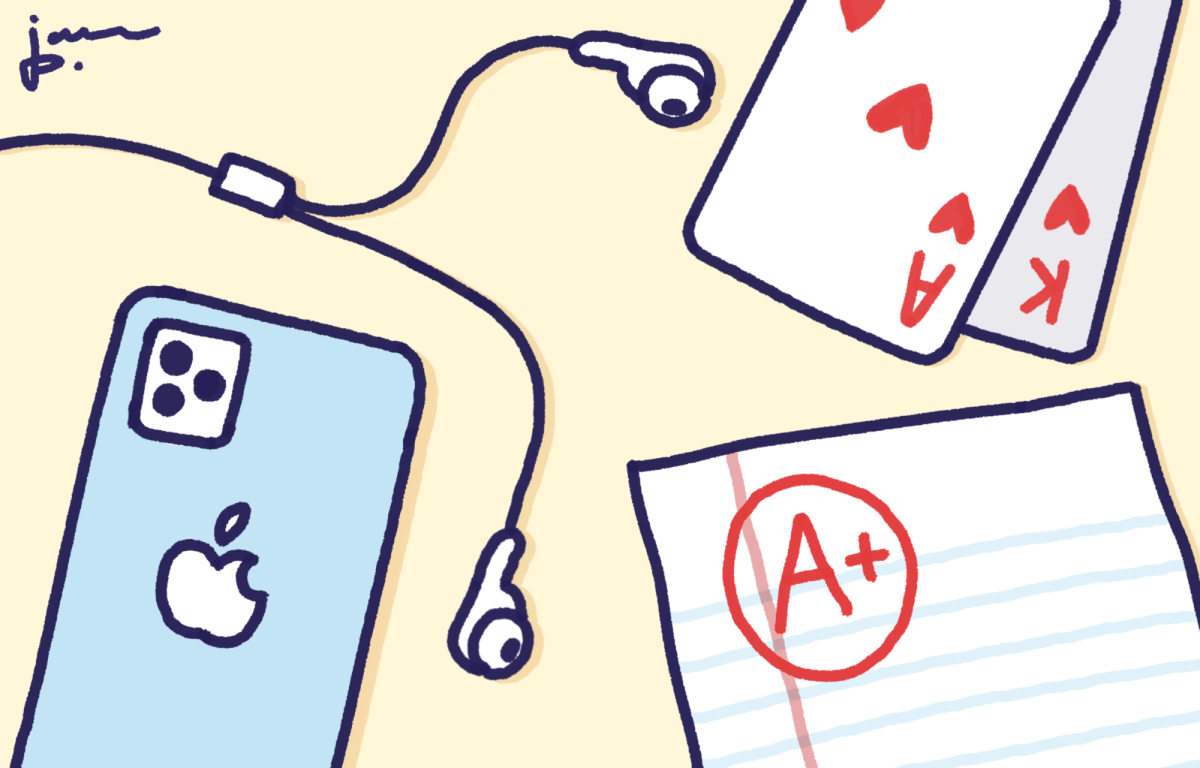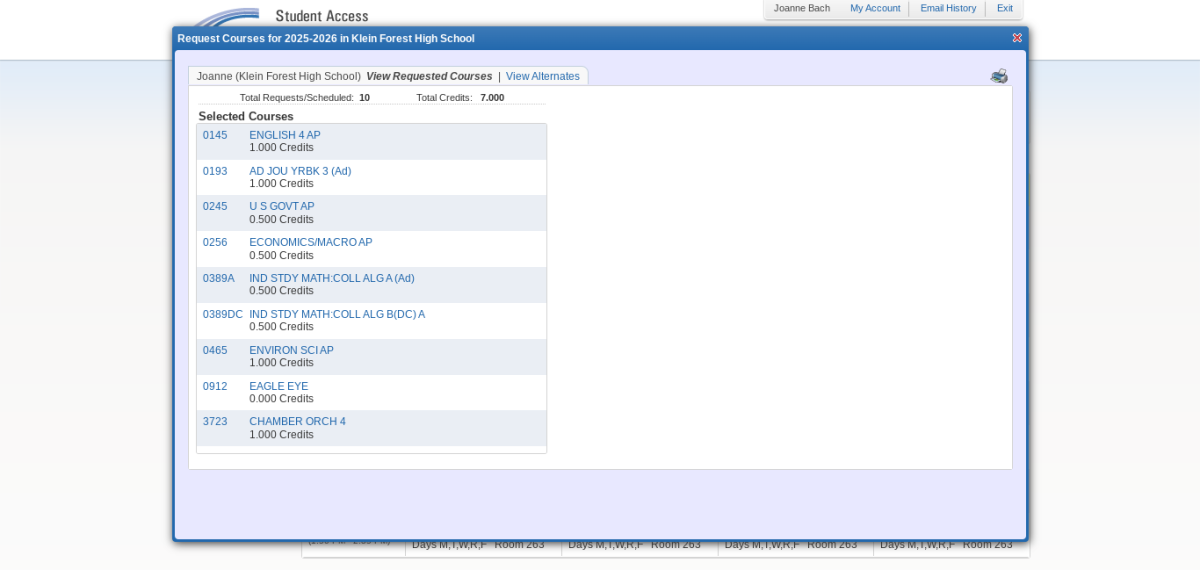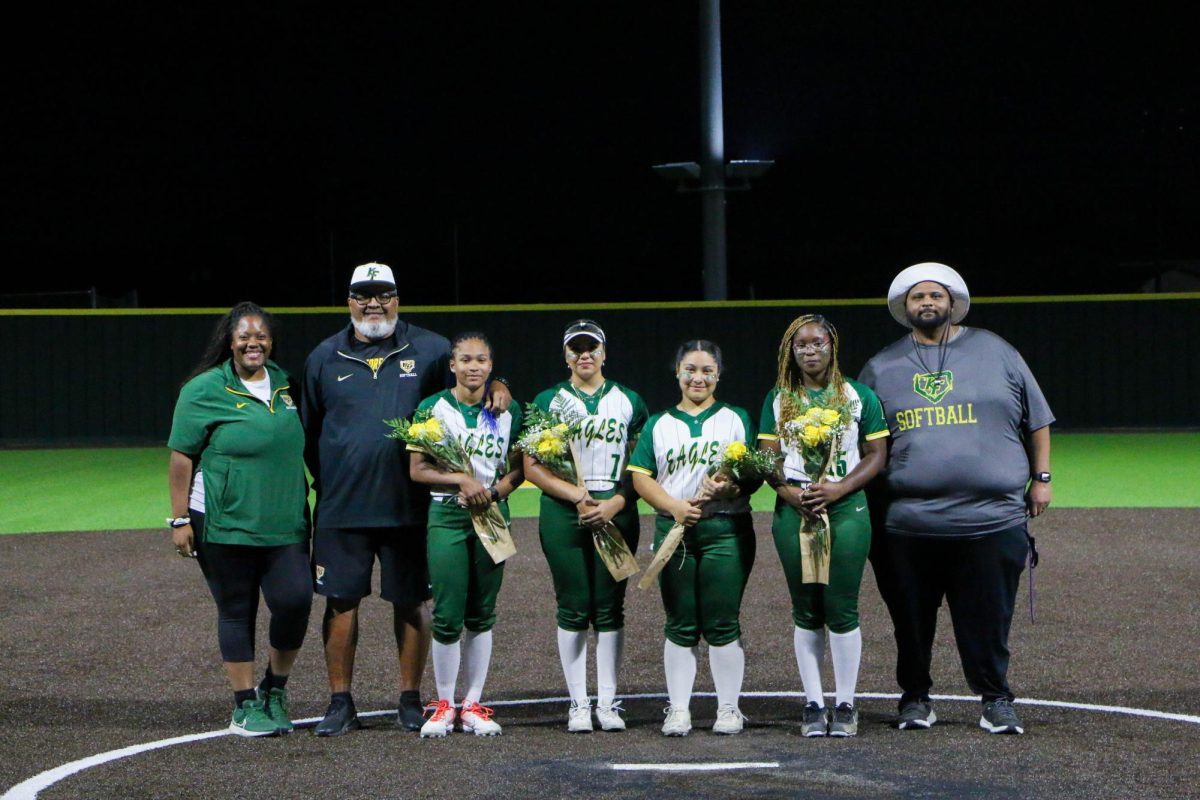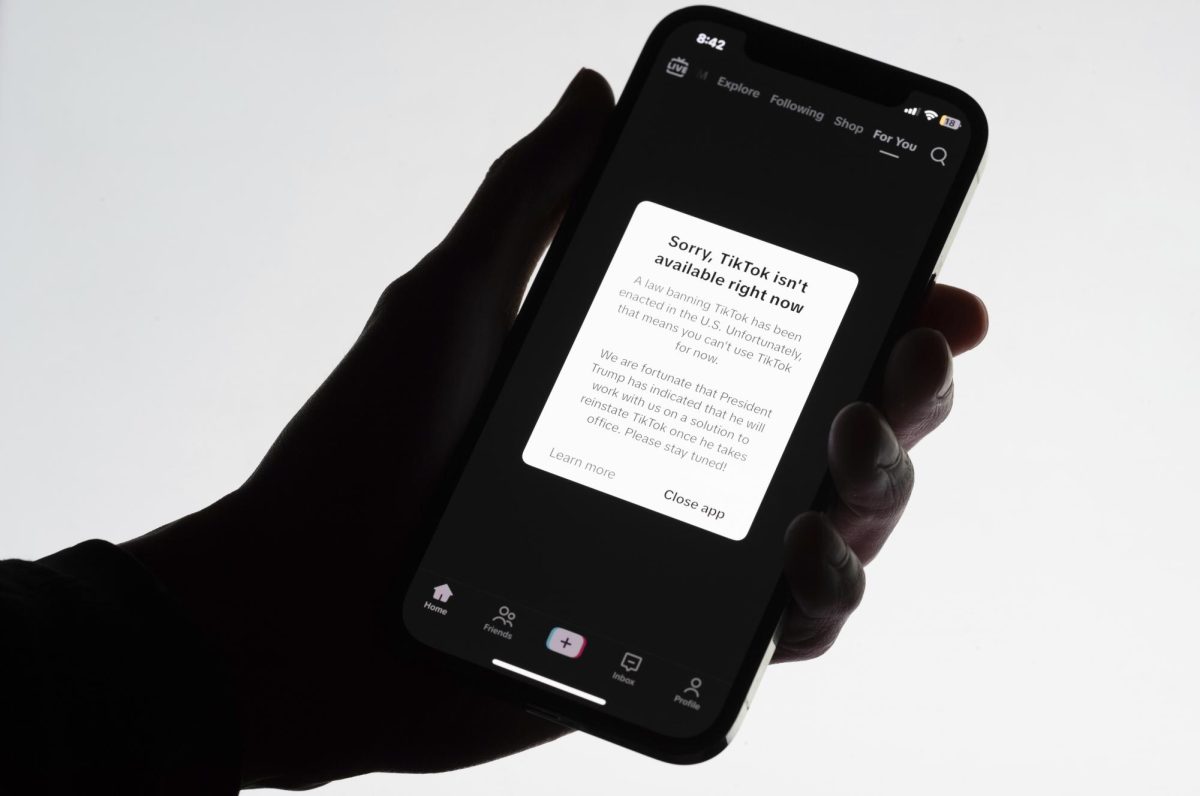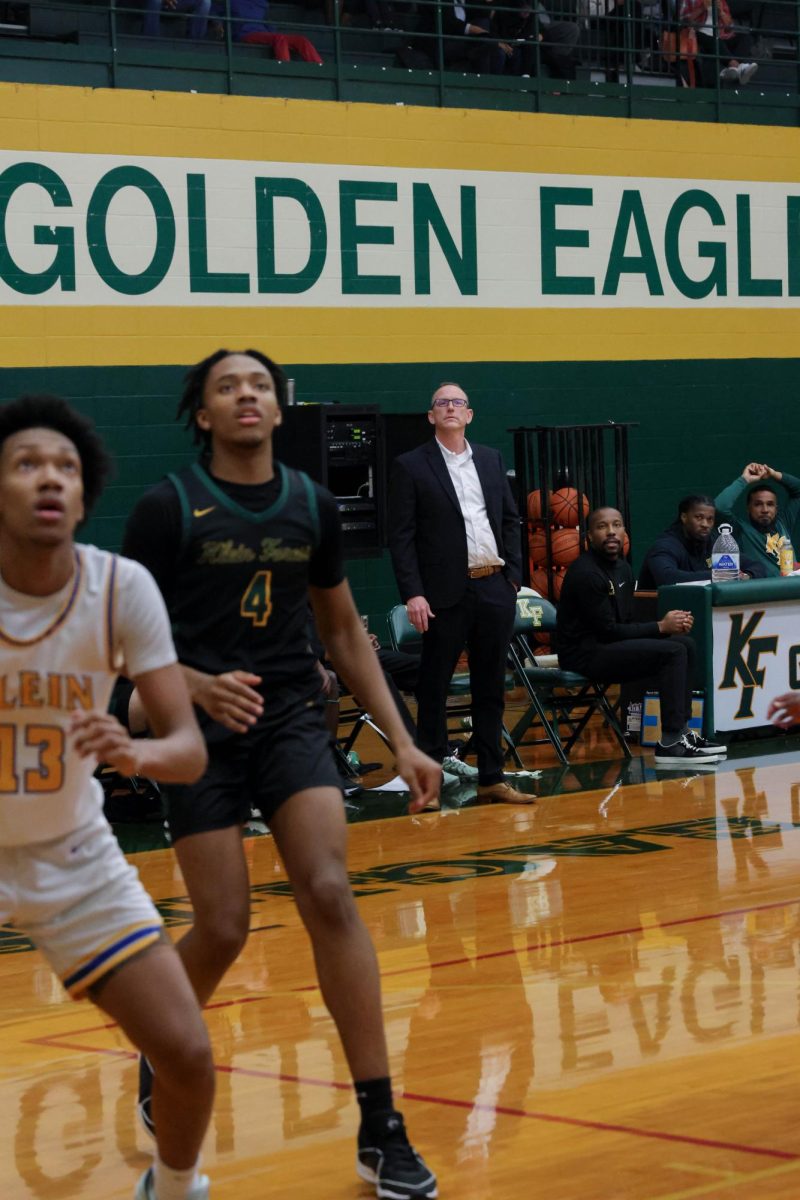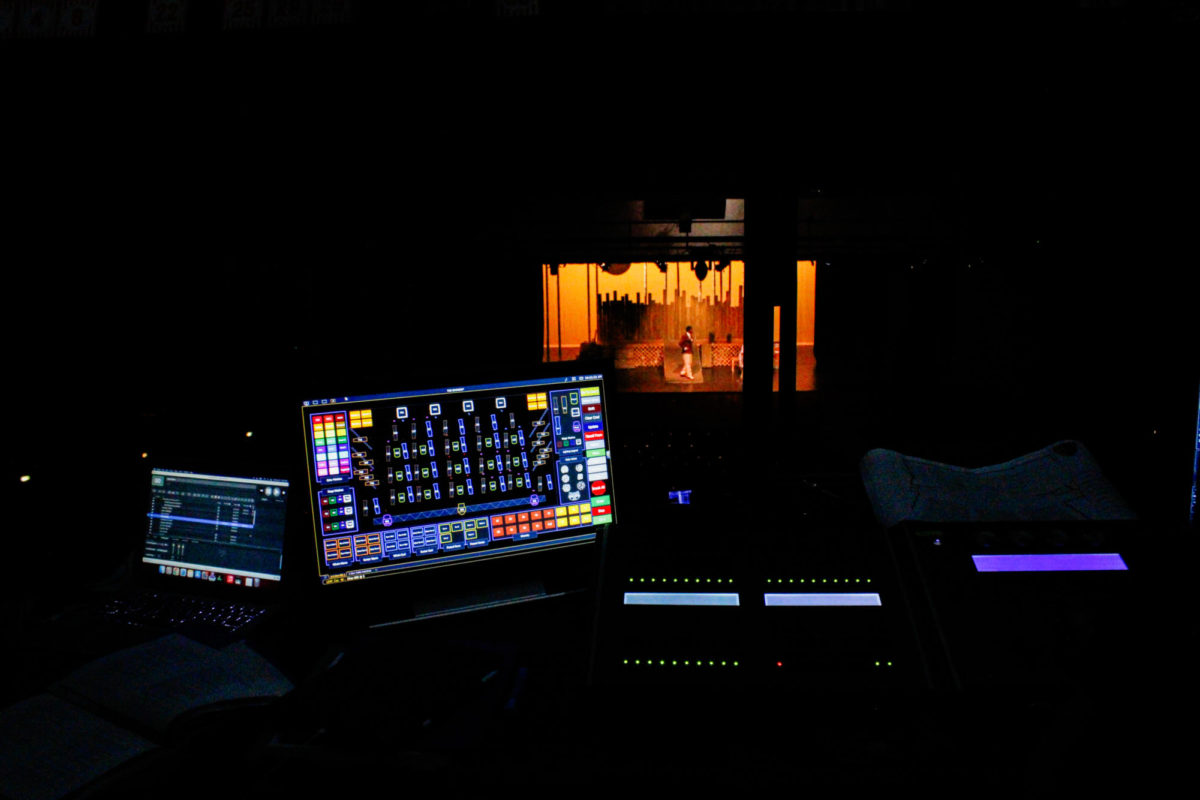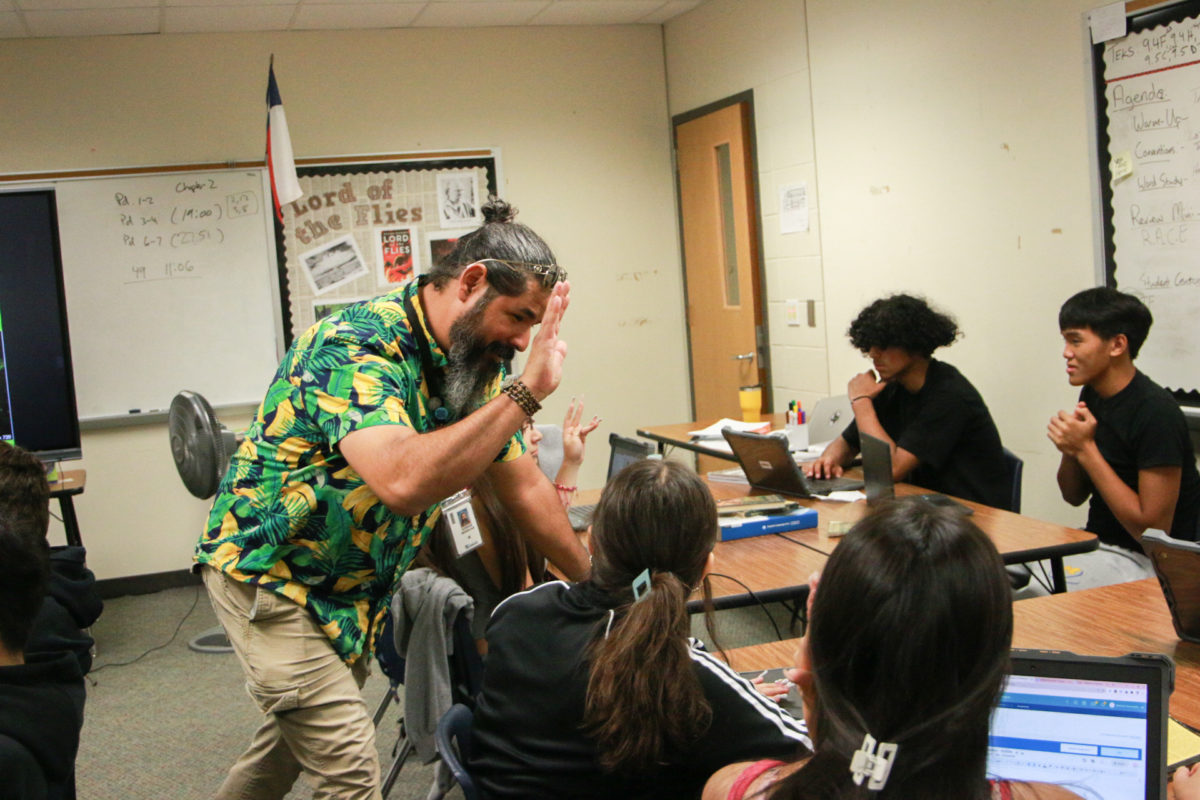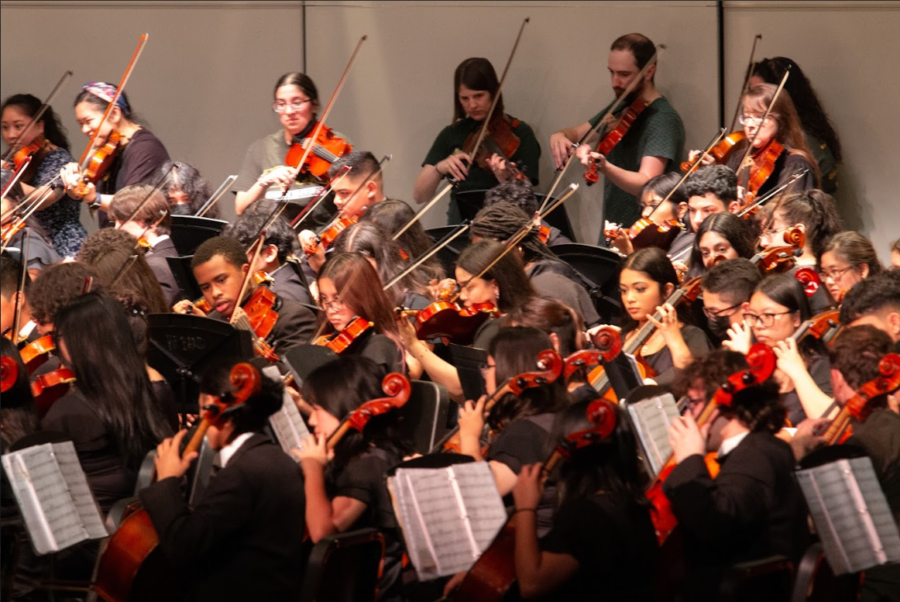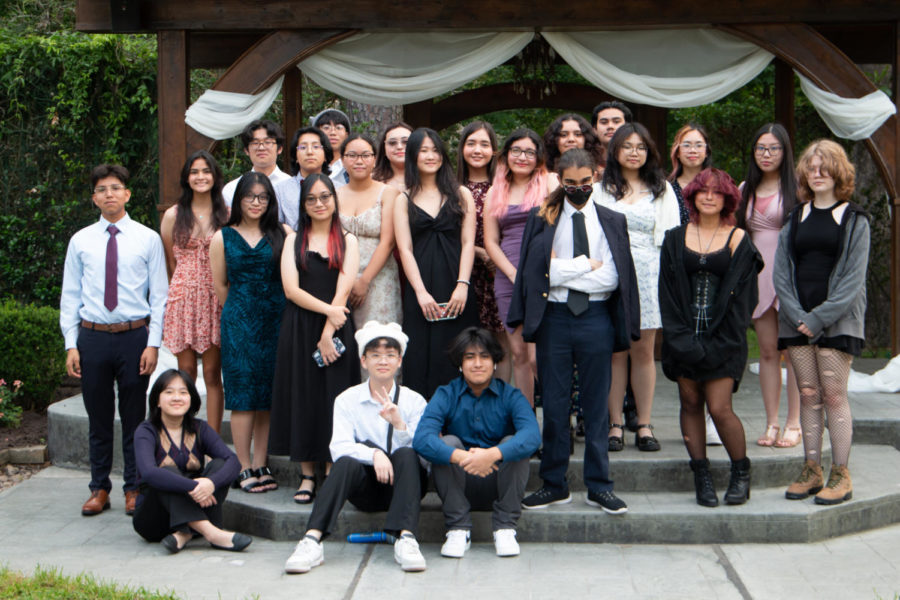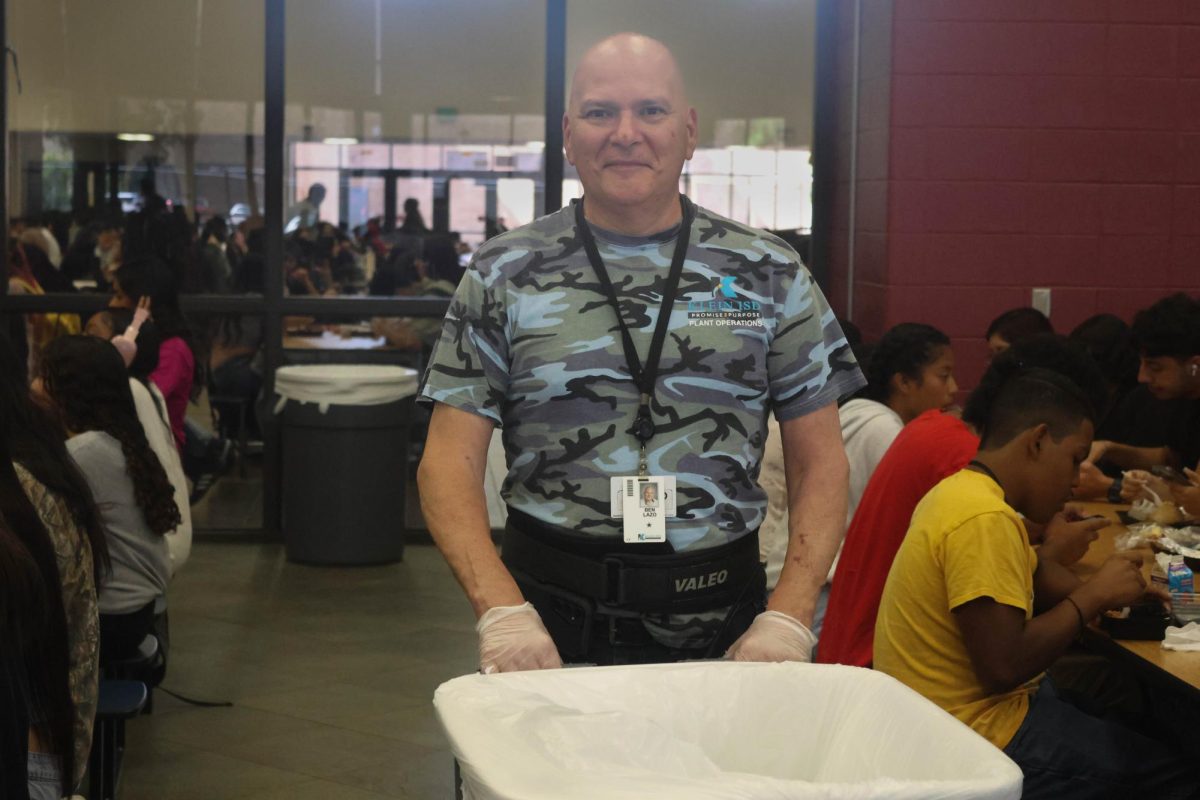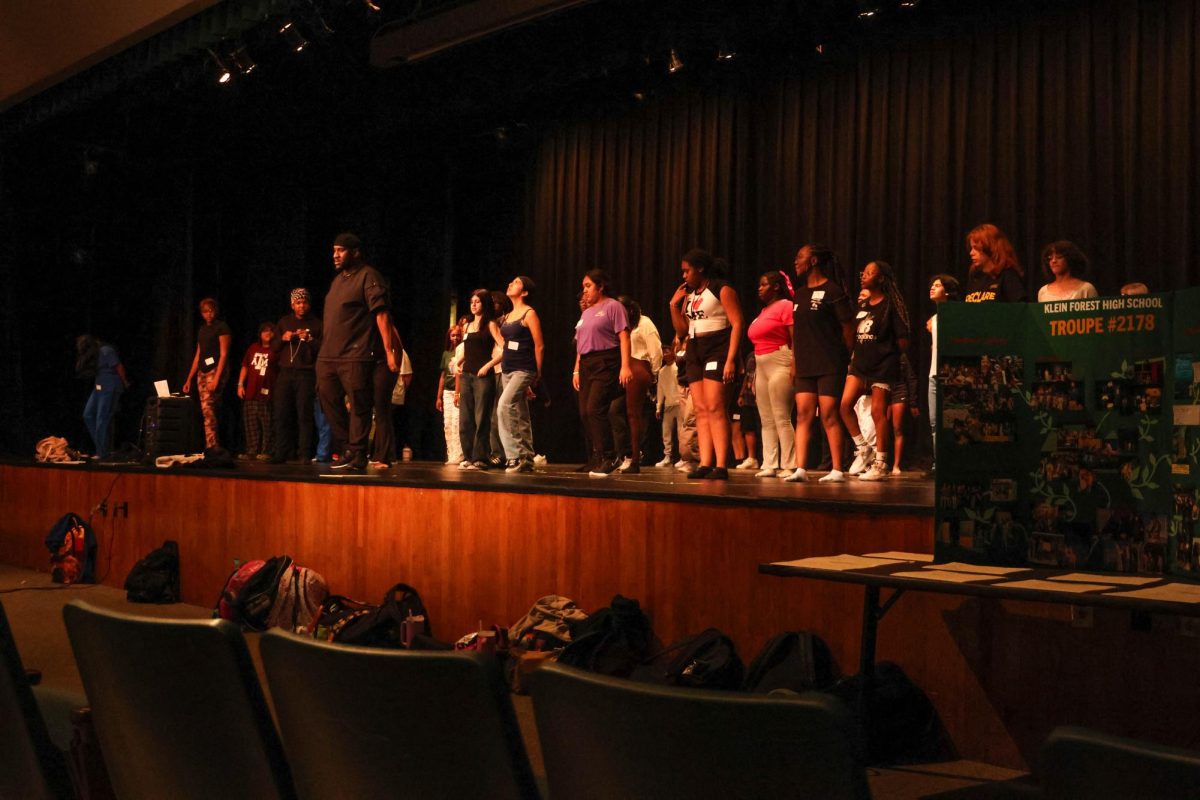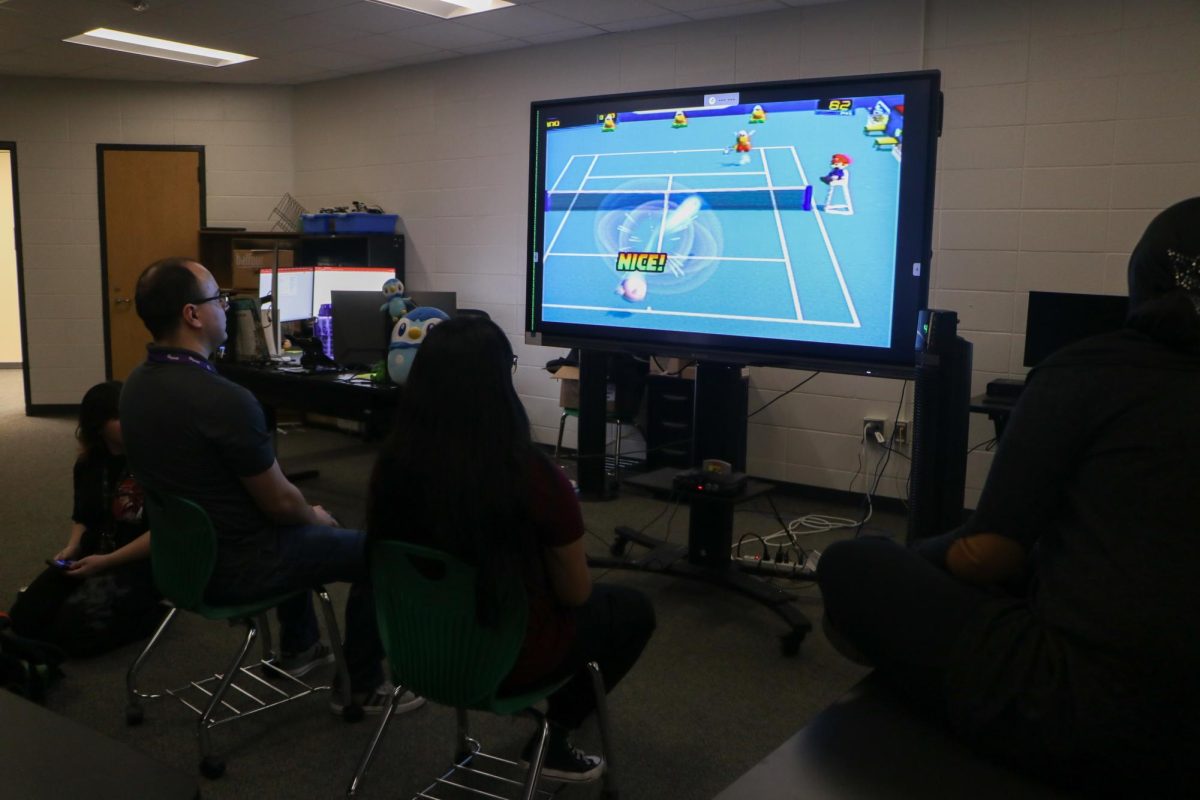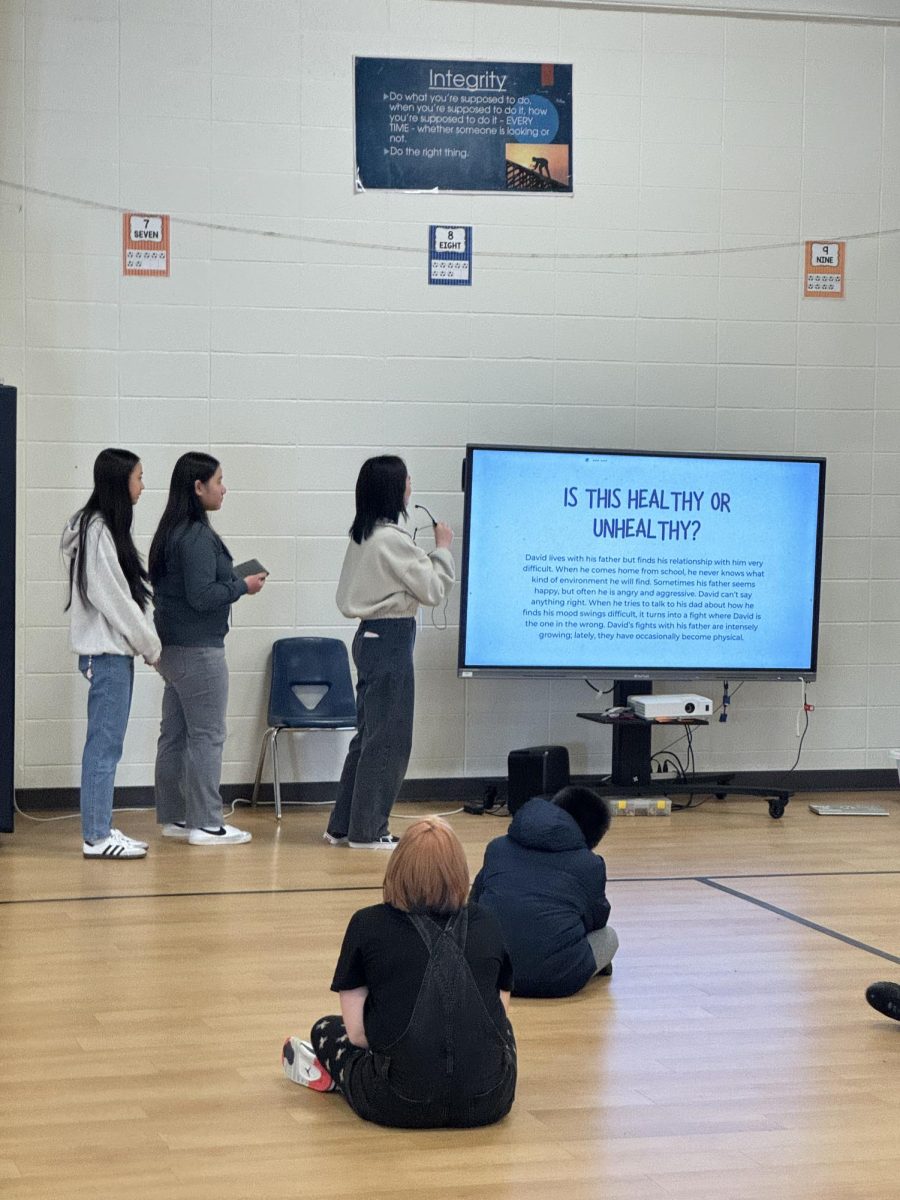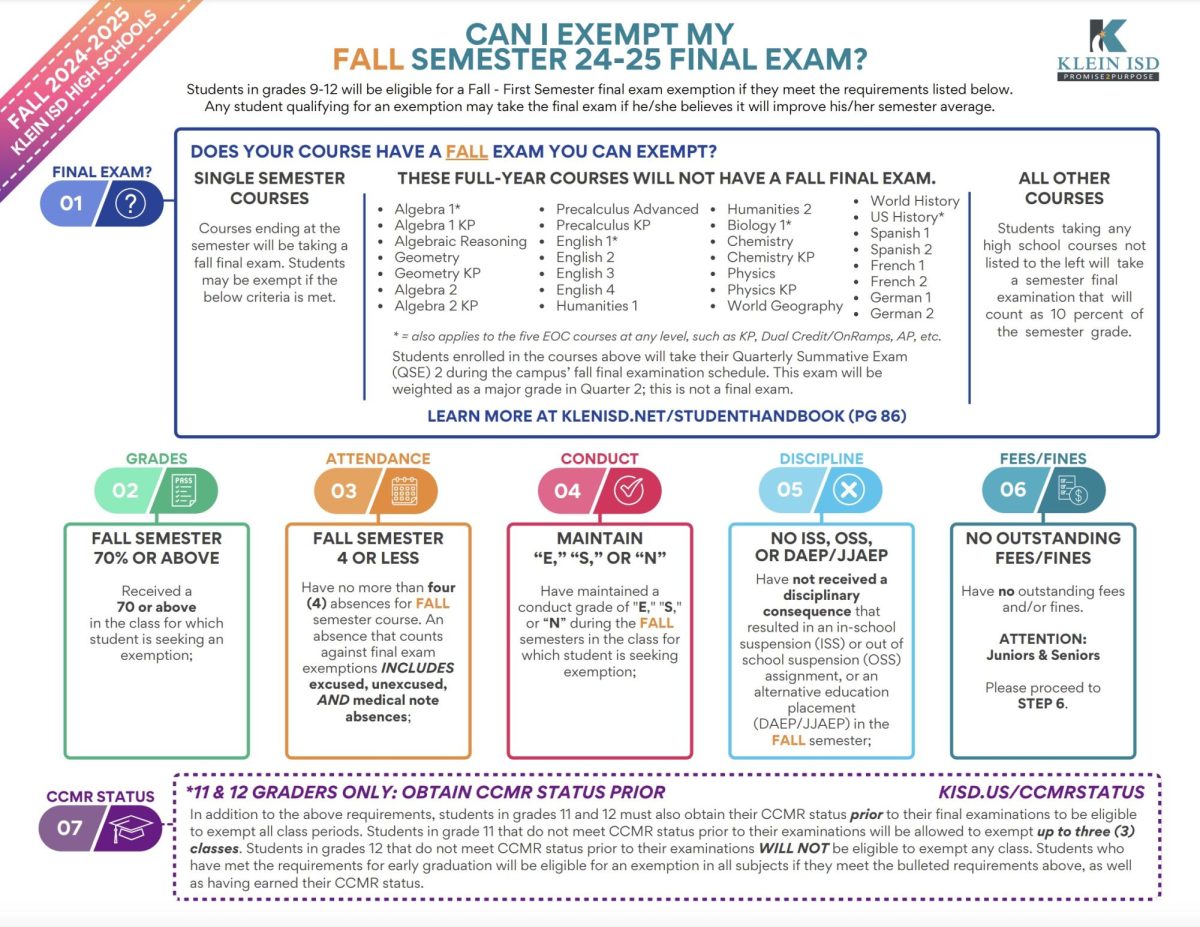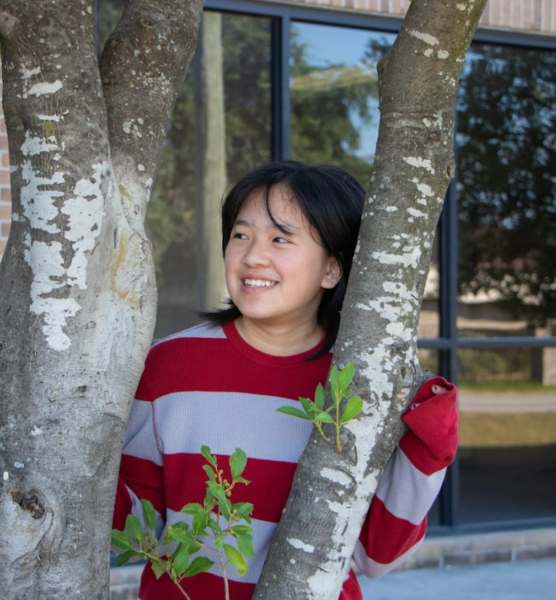The state ban on personal communication devices took effect on June 20, sparking discussion among students and faculty.
“I was shocked,” sophomore Sofia Torres said. “That’s our communication to our family, the way we communicate with others, and the fact that our communication from one another is gone—I thought that was unbelievable.”
Klein Forest allows students to bring personal communication devices, but they must be turned off, out of sight, and stored away from 7 a.m. to 2:35 p.m. The ban also extends to smart watches, tablets, and earbuds. Students receive a ticket each time they violate the policy and can receive disciplinary consequences depending on the number of offenses.
“I think the way our district is doing is pretty laid back and pretty lenient, but also not too lenient,” senior Jmichael Aguilar said. “I agree with how they’re doing it so far.”
Communication Challenges
AP U.S. History teacher Cory Degidio addresses communication concerns with the phone tree system, which allows parents to contact the school to contact students.
“We have contact with the parents, and it doesn’t cut parents and kids off from accessing each other,” Degidio said. “The mech, the tools are still there in place. It’s just the phone became more of a distraction than anything else.”
Although parents can still get in touch with students, Espinosa feels that teacher-to-student communication has been compromised, even with the new communication application Thrillshare.
“Until the students get more used to reading emails and things like that,” Espinosa said. “It just slows down the communication process between us.”
Impact on Students and Teachers
So far, teachers like Degidio have seen improvement in focus and engagement in classrooms. He has noticed more students, especially in his classes, talking to each other.
“They can’t just go into their phone as an avoidance measure, just another way to distract from the lesson or to check something else,” Degidio said.
Contrary to what educators have noticed, students like Torres struggle to focus without listening to music. Torres notes that she hears too many different conversations and they flood in her head.
“I feel like music can really help me focus on what’s going on in my ears, because I’m not gonna hear the stuff around me,” Torres said.
While some students use music to focus, students in Danae Perez’s creative writing course use music as a source of inspiration.
“I feel very strongly that music is needed because it’s part of the creative mind,” Perez said.
The ban has presented obstacles in performance-based classes. Band members, including Aguilar, are struggling to adapt to the loss of free metronome and tuner apps once available on their phones. Espinosa mentions that this may contribute to a band member’s financial hardship.
“A crucial part of band is being in tune, and with the phone band, I wasn’t able to have it out on my stand in fear of me getting in trouble or my band director getting in trouble,” Aguilar said.
Though opinions remain divided, students and teachers are quickly adapting to the change. In creative writing, students added songs to a shared classroom playlist. In band, Aguilar listens to his surroundings to reduce his dependency on tuners.
“I always roll with the punches and try to adapt to things the best way we can,” Espinosa said. “Of course, try to keep a positive attitude about it. The world existed before cell phones. We were able to communicate and make things happen.”

